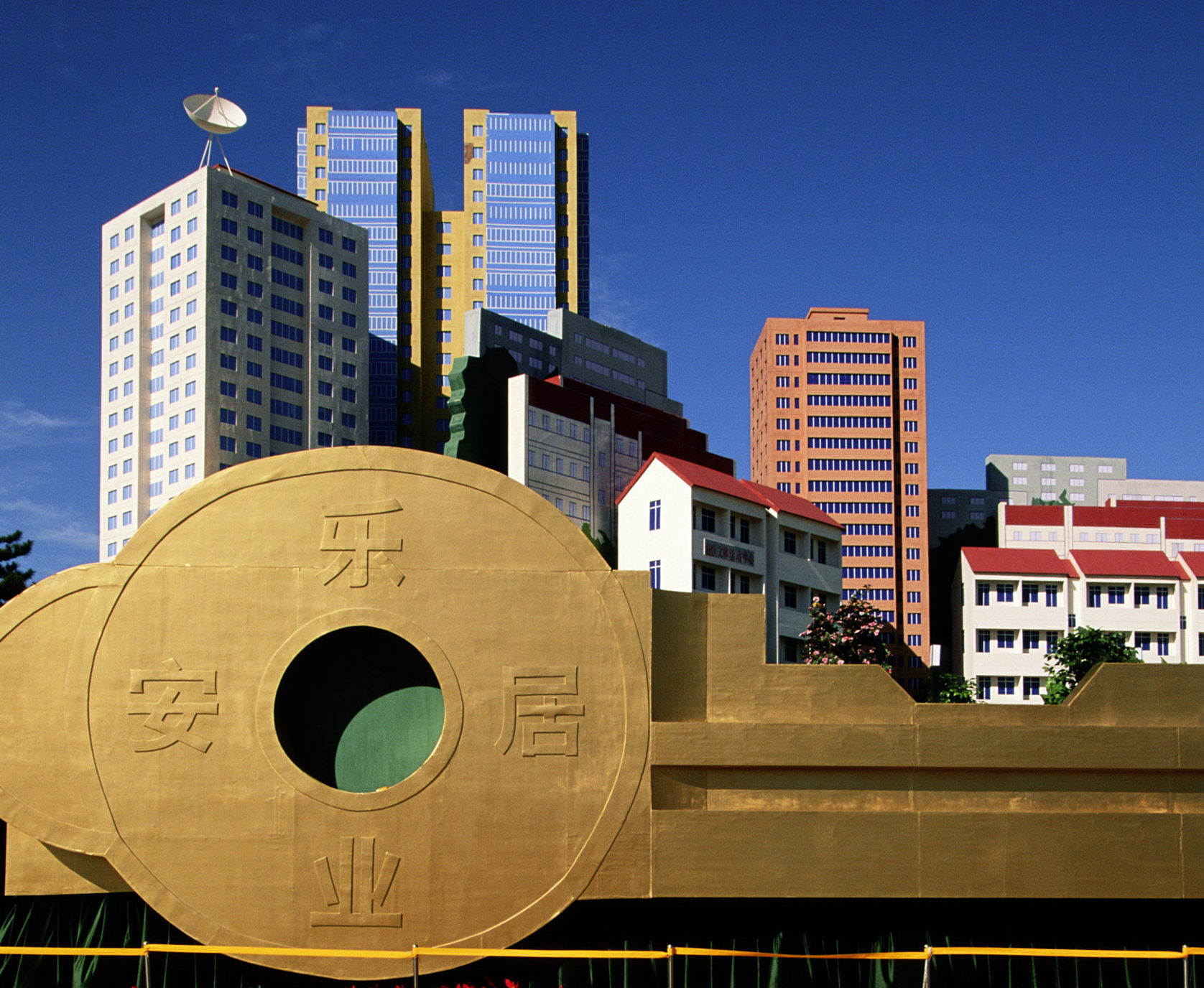What if they declared a trade war, and only one side showed up?
Yesterday’s War

We are past the point where we can decouple economically from China.
Both sides of the argument on China’s domination of the wireless market, as presented in Jon Pelson’s Wireless Wars, are moot. The harsh fact is that we have lost the trade war with China through a combination of incompetence and narcissistic self-delusion. Not only have we lost the trade war; we are losing the race to the so-called Fourth Industrial Revolution (the application of broadband and A.I. to the entirety of economic activity).
When Donald Trump imposed a 25% tariff on roughly half of U.S. imports from China in August 2019, China’s exports to the U.S. were a seasonally adjusted $410 billion a year; in April 2022 they were more than half-again as much, at $675 billion. We don’t have the industrial capacity to meet the demand we created with the $6 trillion COVID stimulus, so we pay for imports at higher prices.
In 2021, moreover, U.S. imports of capital goods exceeded our production of capital goods for domestic use. Our industrial base is hollowed out, and we can’t fix it without first importing the wherewithal to do so, from China among others.
China’s ambition is much greater than even the most alarmist American analysts imagine, because our narcissism makes it hard for us to conceive of a China that surpasses us in technological innovation. But that is what China intends. With six times our number of engineering graduates, China believes that it is in a position comparable to America’s with respect to Britain in 1900, as Justin Yifu Lin, former chief economist of the World Bank, argued in a 2021 book.
We excluded Huawei from the U.S. broadband infrastructure market, to be sure. But Huawei is still the world’s largest telecom infrastructure company, and China now has 70% of the world’s 5G capacity. Our limited 5G capacity, moreover, is one-third as fast as China’s. Huawei alone expects to install 16,000 5G enterprise applications in 2022 to automate factories, mines, warehouses, and ports; the American count is somewhere in the hundreds. China now has ports where 5G networks guide robots with cranes that move containers from ships to autonomous trucks, which take them to warehouses where robots unload, sort, and ship the contents.
China’s high-tech companies will increase capital expenditures by 35% during 2022, according to the Bloomberg consensus of equity analysts. The yawning chasm between Chinese and American industrial capacity opens wider by the month.
We had all the opportunity in the world to stay ahead of China. I wrote in 2019: “A senior official of Huawei told me, ‘We don’t understand why the Americans didn’t have Cisco buy Ericsson and create a competitor.’ Of course, the answer is that would have brought down Cisco’s equity prices, and we don’t do anything in the United States that brings down stock prices.”
Some months later, then-presidential economic adviser Larry Kudlow pitched the idea to Cisco CEO Chuck Robbins. As the Wall Street Journal reported, “Mr. Robbins ‘didn’t want the U.S. to fall behind’…but the company, which makes computer networking gear, was unwilling to invest in a less profitable business like Nokia or Ericsson without some sort of financial incentives.” The U.S. government could and should have underwritten such a merger. Penny-wise and pound foolish, we let the opportunity pass.
We are not at war with China, to be sure, but we are engaged in a strategic rivalry that requires wartime measures. We need a revision of the tax code to favor capital-intensive investment, a crash training program for skilled labor to fill the 2.3 million shortage of factory workers, investments in infrastructure, and in some cases direct subsidies. Asia (not just China) subsidizes factories the way we subsidize football stadiums.
As noted, we lost the trade war. We need to focus on the next war, namely the race to dominate high-technology applications that arise from the broadband/A.I. combination. During the Cold War, NASA and the Defense Department drove innovation as a matter of existential necessity: The whole of the digital revolution started with federal development subsidies, which peaked at 1.3% of GDP during the first years of the Apollo program and fell to about 0.3% of GDP in 2020.
A defense driver for innovation funding public-private partnerships is the sine qua non for success. Aircraft carriers today are as vulnerable as battleships in 1940. We need to allocate trillions of dollars to frontier technologies: Artificial Intelligence as applied to drone swarms and other battlefield uses, directed-energy weapons that can counter Hypervelocity Glide Vehicles, space-based missile defense, and other weapons systems that push the envelope of physics.
It is simply innumerate to argue today that we can decouple from China. We don’t have the industrial supply chains, the infrastructure, or the skills to do so. But we can aim high, and direct our resources toward the next generation of technologies that will generate both economic prosperity and military capability.
The American Mind presents a range of perspectives. Views are writers’ own and do not necessarily represent those of The Claremont Institute.
The American Mind is a publication of the Claremont Institute, a non-profit 501(c)(3) organization, dedicated to restoring the principles of the American Founding to their rightful, preeminent authority in our national life. Interested in supporting our work? Gifts to the Claremont Institute are tax-deductible.
Free trade with a hostile nation is a losing game.


